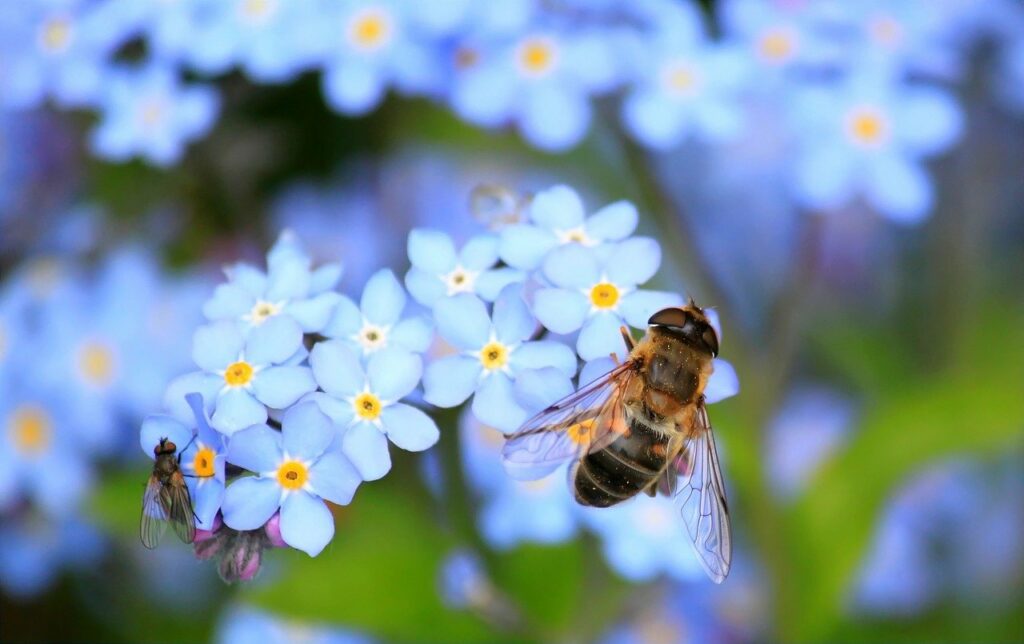Learning Objectives
- To raise awareness of biodiversity and its importance for the planet and humanity
Resources needed
- Internet access
Warning!
You can try out all activities and excercises, but you can't save any data. Please login or create a free account to save your data.
One out of eight million species of plants and animals are facing extinction (UN, n.d.). Scientists even argue that we are already living through another mass extinction (Pavid, 2020), underscoring the importance and urgency of engaging with these topics. This activity aims to explore the importance of biodiversity for the environment and humanity. It seeks to raise your awareness of the centrality of these topics and will prompt you to think about what individuals can do to counter this tragic trend.
Exercise 1: Why is biodiversity loss an environmental issue?
Scientists around the world have joined their efforts to explain why biodiversity is of key importance for all living beings on Earth. One such example can be found in the following article “What is biodiversity?” published by the National History Museum, which advocates why biodiversity loss is an environmental issue and why it concerns all of us.
The article also contains a short video, which further illustrates the importance of biodiversity for the planet. If you would like to skip reading and only watch the video, please click here.
Having read the article and watched the video, you will have heard about the importance of nurturing and preserving biodiversity for the entire plant, and why extinction of species represents a key issue for all living beings.
Now, please reflect on the following questions:
Do you see any causes of biodiversity loss in your country? If yes, which ones?
How can you bring in the knowledge you gained by reading this article into your teaching?
Does your school have policies about preserving biodiversity? If yes, which ones.
If you are interested in learning about endangered species in Europe, for instance, please click here “Endangered species in Europe: Facts and figures”. The website offers a detailed explanation and an infographic for visual illustration.
By clicking on the following link, you can also learn about the endangered species in India: https://earth.org/endangered-species-in-india/
If you have found interesting links you would like to share with other teachers, please add them to your answer in the space above. Thank you!
Exercise 2: Impact of biodiversity on humanity
People depend on biodiversity in their daily lives, in ways that are not always apparent or appreciated. Human health ultimately depends upon ecosystem products and services (such as availability of fresh water, food and fuel sources) which are requisite for good human health and productive livelihoods. Biodiversity loss can have significant direct human health impacts if ecosystem services are no longer adequate to meet social needs. Indirectly, changes in ecosystem services affect livelihoods, income, local migration and, on occasion, may even cause or exacerbate political conflict (WHO, 2015, para. 3).
Additionally, biological diversity of microorganisms, flora and fauna provides extensive benefits for biological, health, and pharmacological sciences. Significant medical and pharmacological discoveries are made through greater understanding of the earth’s biodiversity. Loss in biodiversity may limit discovery of potential treatments for many diseases and health problems (WHO, 2015, para. 4).

In 2019, UN published a report entitled “Nature’s Dangerous Decline ‘Unprecedented’: Species Extinction Rates ‘Accelerating’”. Please look at the key statistics and facts from the UN’s report (situated at the bottom of the website).
Pick one that interests you most and one that has the most implications for you as a teacher. Enter them in the textbox and please explain your choice. You may choose a topic that relates to the subject you teach.
Ranking
- How concerning are the facts you have learned from this report and the specific topic you have chosen?
Global results (all votes)
- How concerning are the facts you have learned from this report and the specific topic you have chosen? (3 votes)
For ideas about how biodiversity can be preserved, please see the following articles:
- “5 simple things we can all do to slow biodiversity loss”
- “10 ways to protect and conserve biodiversity”
In addition, if you are interested in how governments, corporations, and scientists can be of help, please read the following “Transforming the biodiversity crisis into opportunity”.
An organisation from Ireland, “Biodiversity in schools” helps schools and offers ideas on how to teach children about biodiversity and raise awareness of its loss. On their website, they offer a collection of actions teachers can use in their teaching. You can choose what you would like to focus on, e.g., bugs, bees, birds, mammals, and trees.
After exploring the website, please reflect on the resources and write your answers to the following questions in the space below.
